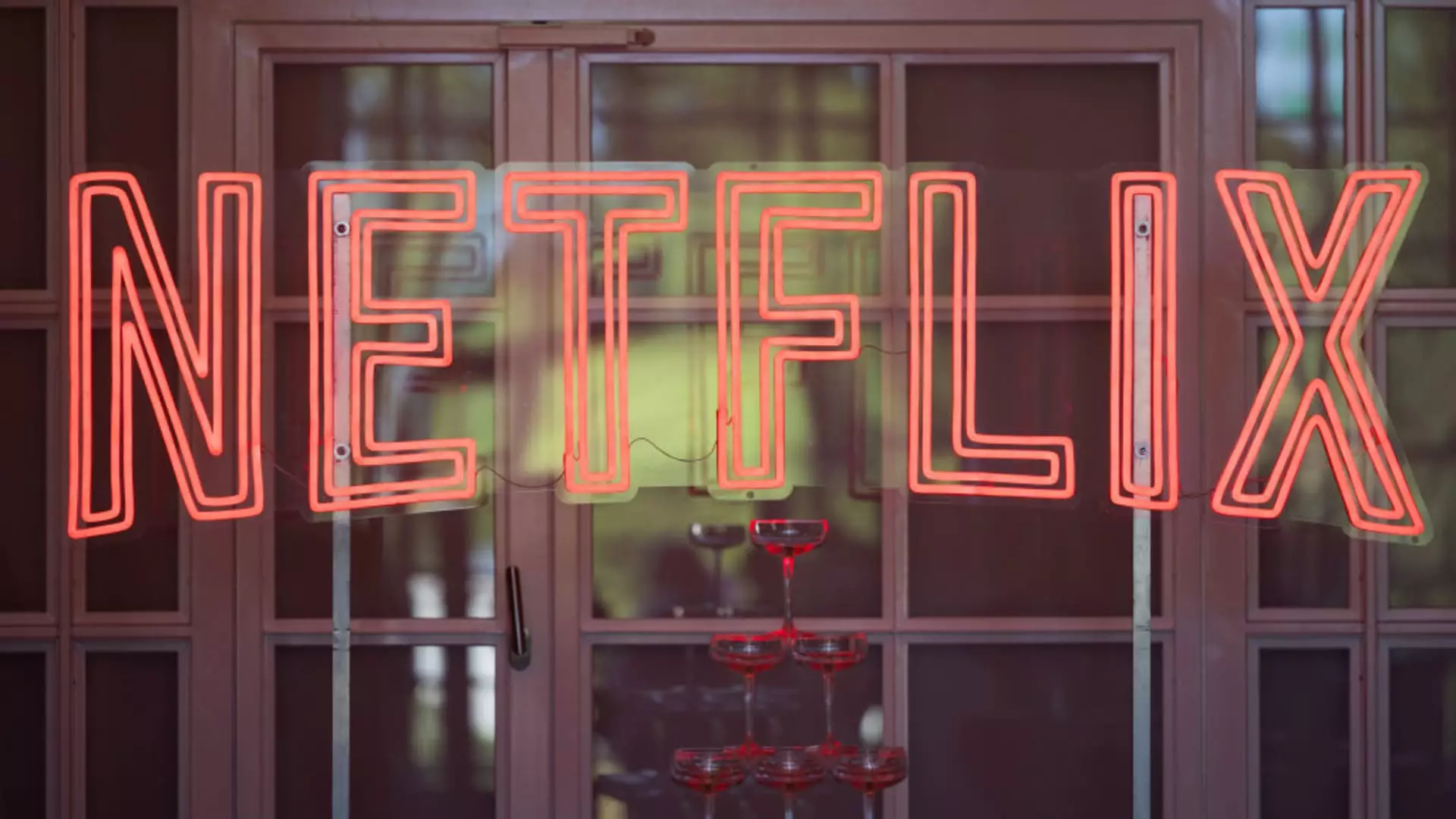In a bold move that has left many subscribers rattled, Netflix has announced significant price increases across its various plans in the United States. Notably, the standard plan—previously priced at $15.49—will now cost consumers $17.99 monthly. This hike is indicative of a broader trend in the streaming landscape where companies struggle to balance growth with profitability in an increasingly competitive market.
Alongside the hike in the standard subscription, the ad-supported plan, a newest addition launched less than a year ago, will see its price rise from $6.99 to $7.99. On another front, the premium service is set for an increase from $22.99 to $24.99 monthly. These adjustments don’t just stop at American shores; Netflix also plans to raise prices in Canada, Portugal, and Argentina, showcasing a global strategy to enhance revenue streams.
The rationale behind these increases is multifaceted. Netflix aims to improve its bottom line amid fierce industry competition from other streaming giants like Disney+ and Warner Bros. Discovery’s Max, who have also adopted similar pricing strategies. In a market landscape saturated with choices, subscribers are becoming more discerning, prompting providers to explore various revenue avenues—including introducing lower-cost subscription tiers laden with advertisements.
Several months back, Netflix introduced the ad-supported tier in a bid to counteract a plateau in subscriber growth. This new approach has reportedly attracted around 70 million global monthly active users, suggesting that the gamble to diversify its offerings is paying off. However, this growth comes with its own sets of challenges; as the platform navigates a significant backlash against password-sharing, it has implemented measures allowing users to add extra members to their accounts at an increased fee of $8.99 for non-ad plans—up from $7.99. Interestingly, ad-supported accounts will not see any hikes for extra members, possibly to keep this lower tier competitive.
The recent financial reports painted an optimistic picture for Netflix, revealing that the company added an impressive 19 million paid subscriptions in the fourth quarter alone, propelling its subscriber base beyond the 300 million mark. This success serves as a clear indicator that its strategies—both pricing adjustments and subscriber management—are beginning to yield tangible results.
For consumers, the immediate implications of these price hikes can feel burdensome, especially as many are already grappling with other rising costs in their day-to-day lives. As streaming becomes an essential source of entertainment, Netflix’s latest changes spark conversations about the sustainability of such services. Consumers must weigh the value of content against the new price tags associated with their favorite streaming platforms.
Moreover, as Netflix seeks to refine its understanding of consumers’ willingness to pay amid financial strains, the company walks a fine line. Will this push for profitability alienate a base that may have found comfort in previous pricing structures, or will it lead to a broader acceptance of streaming as a premium service? Only time will tell how these dynamic shifts will reshape the viewer experience and loyalty in an ever-evolving digital landscape.


Leave a Reply